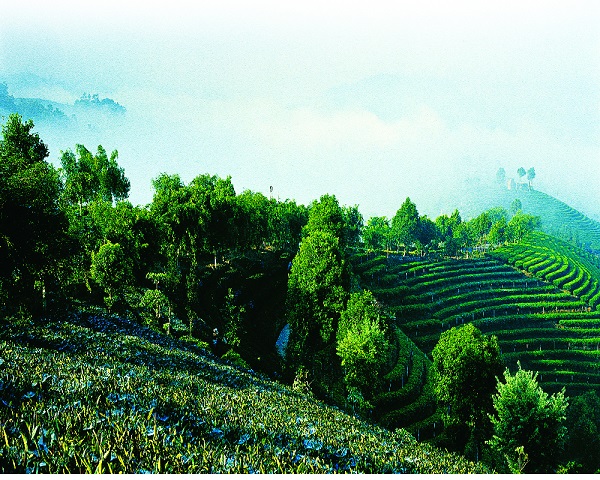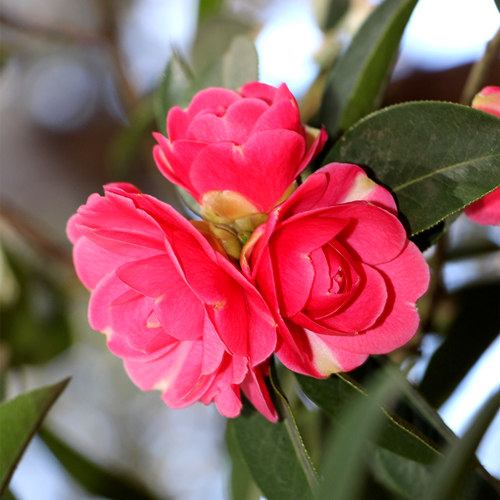
Detailed Introduction to Jianshui County of Honghe Prefecture
Overview
Jianshui County (建水县), under the administration of Honghe Hani and Yi Autonomous Prefecture, is one of Yunnan’s most historically and culturally significant regions. Known as the “Museum of Ancient Architecture”, Jianshui has over 1,200 years of history, with well-preserved Confucian culture, classical architecture, traditional crafts, and diverse ethnic traditions.
It is renowned for ancient towns, bridges, temples, purple pottery, and a distinctive southern Chinese aesthetic blending Han Chinese and ethnic minority influences.
Geography and Climate
Location: Central Honghe Prefecture, about 220 km southeast of Kunming
Topography: Hilly terrain with red earth, fertile plains, and karst formations
Elevation: ~1,400 meters above sea level
Climate: Subtropical plateau monsoon climate
Average Annual Temperature: ~19°C (66°F)
Jianshui’s climate is ideal for agriculture, especially rice, fruit, and vegetables.
Historical Significance
Established over 1,200 years ago, originally called Lin’an Prefecture during the Tang and Song dynasties
An important administrative, cultural, and military center in Yunnan from the Tang through Qing dynasties
Known as the “Southern Confucian City”, second only to Qufu in terms of Confucian cultural heritage
Jianshui’s urban plan, layout, and many buildings have been preserved in near-original forms, making it one of China’s best-preserved ancient counties.
Key Cultural and Historical Sites
Jianshui Confucian Temple (建水文庙)
One of the largest Confucian temples in China, second only to Qufu in Shandong
Features imperial-style architecture, ancient trees, and historical relics
A center for education and Confucian rituals for over 700 years
Zhu Family Garden (朱家花园)
A traditional Qing dynasty mansion complex built by a wealthy merchant family
Famous for its elegant courtyards, lattice windows, and Suzhou-style gardens
Often referred to as the “Grand View Garden of Southern Yunnan”
Chaoyang Gate (朝阳楼)
Built in 1389 (Ming dynasty), this city gate is the symbol of Jianshui
Known as the “Little Tian’anmen” for its resemblance to Beijing’s landmark
Double Dragon Bridge (双龙桥 / Seventeen-Arch Bridge)
A majestic 17-arch stone bridge built in the Qing dynasty, crossing the confluence of two rivers
A marvel of pre-modern Chinese engineering and a major photographic landmark
Tuanshan Ancient Village (团山古村)
A perfectly preserved Han Chinese village with traditional Yunnan-style folk dwellings
Recognized by UNESCO as a model for traditional residential architecture preservation
Jianshui Ancient City Wall and Old Streets
Historic streets with teahouses, craft shops, stone-paved alleys, and original buildings
A living museum showcasing over 50 historical and cultural heritage sites
Traditional Crafts and Intangible Heritage
Jianshui Purple Pottery (建水紫陶)
One of China’s Four Famous Potteries
Distinguished by its polished surfaces, hand-carved patterns, and unique clay composition
Both a functional and artistic form of ceramic art
Traditional Inkstone Carving, Wooden Screen Crafting, Folk Music and Opera (Yunnan opera and Yi folk traditions)
Ethnic Diversity and Local Customs
Though historically a Han cultural stronghold, Jianshui is home to multiple ethnic groups:
Han, Yi, Hani, Miao, Dai
Local festivals reflect this blend of traditions:
Confucius Worship Ceremonies
Torch Festival (Yi people)
Dragon Boat Festival
Jianshui Purple Pottery Cultural Festival
Local Cuisine
Jianshui is also famous for its flavorful, traditional cuisine:
Jianshui Roast Tofu (建水烧豆腐) – grilled over charcoal and dipped in local chili sauce
Rice Noodles (过桥米线 and 豆腐米线) – made from local rice and tofu
Pickled vegetables, fermented bean products, and clay pot dishes
Local food culture is simple, spicy, and rustic, reflecting the county’s farming roots.
Agriculture and Economy
Jianshui is a major agricultural producer in Honghe Prefecture:
Rice, vegetables, pomegranates, grapes, and tobacco
Known as the “Granary of Southern Yunnan”
Development in organic agriculture, e-commerce platforms, and eco-tourism
Industrial development is light and tourism-friendly, with a focus on cultural preservation and sustainable growth.
Tourism and Developm



